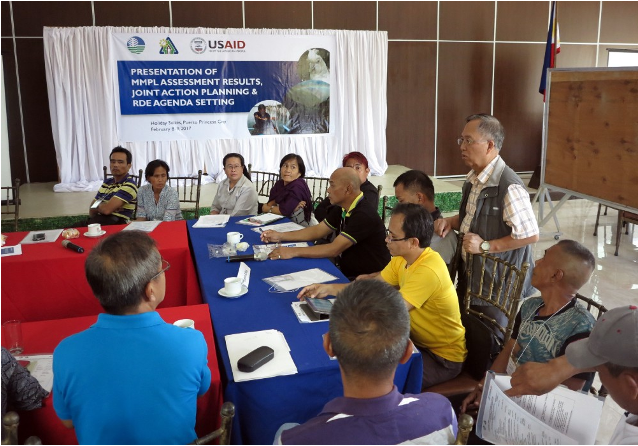In Chile, the Conservation Standards were used to evaluate protected areas (PAs) across an entire country. Chile manages its PAs through its National System of Protected Areas (SNASPE). In 2015,...
Chile is the endemic home to the world’s southernmost palm tree, the Chilean Wine Palm. For centuries, the tree has been heavily exploited, largely for its sap used to make...
There is significant potential to reduce illegal wildlife trade through training and collaborating with airport staff. To take advantage of this potential, the U.S. Agency for International Development (USAID) initiated…
Winners of the 2020 Conservation Standards Case Study Competition, the Endangered Wildlife Trust (EWT) and the International Crane Foundation (ICF) have been working together to conserve crane populations and their...
Political risk and uncertainty are increasing around the world To be effective, conservation organizations need to manage both risks and opportunities due to political uncertainty. Navigating and Adapting to Political...
Following on the success of the first edition of Project Management for Wildlife Conservation, WildTeam has released an updated version 2.0, which is available here. WildTeam - a not for...
This external assessment, commissioned by FOS, provides insight into what the Conservation Standards community needs to do their work better. The intent was to assess how FOS is doing on...
This is a very valuable guide to integrating the Open Standards into the fabric of how conservation organizations do business. If we want to improve the effectiveness of our organizations…
A key foundation of any science is a common nomenclature that practitioners can use to describe—in a mutually intelligible way—the problems they are facing and the solutions they are using....
Translate »

